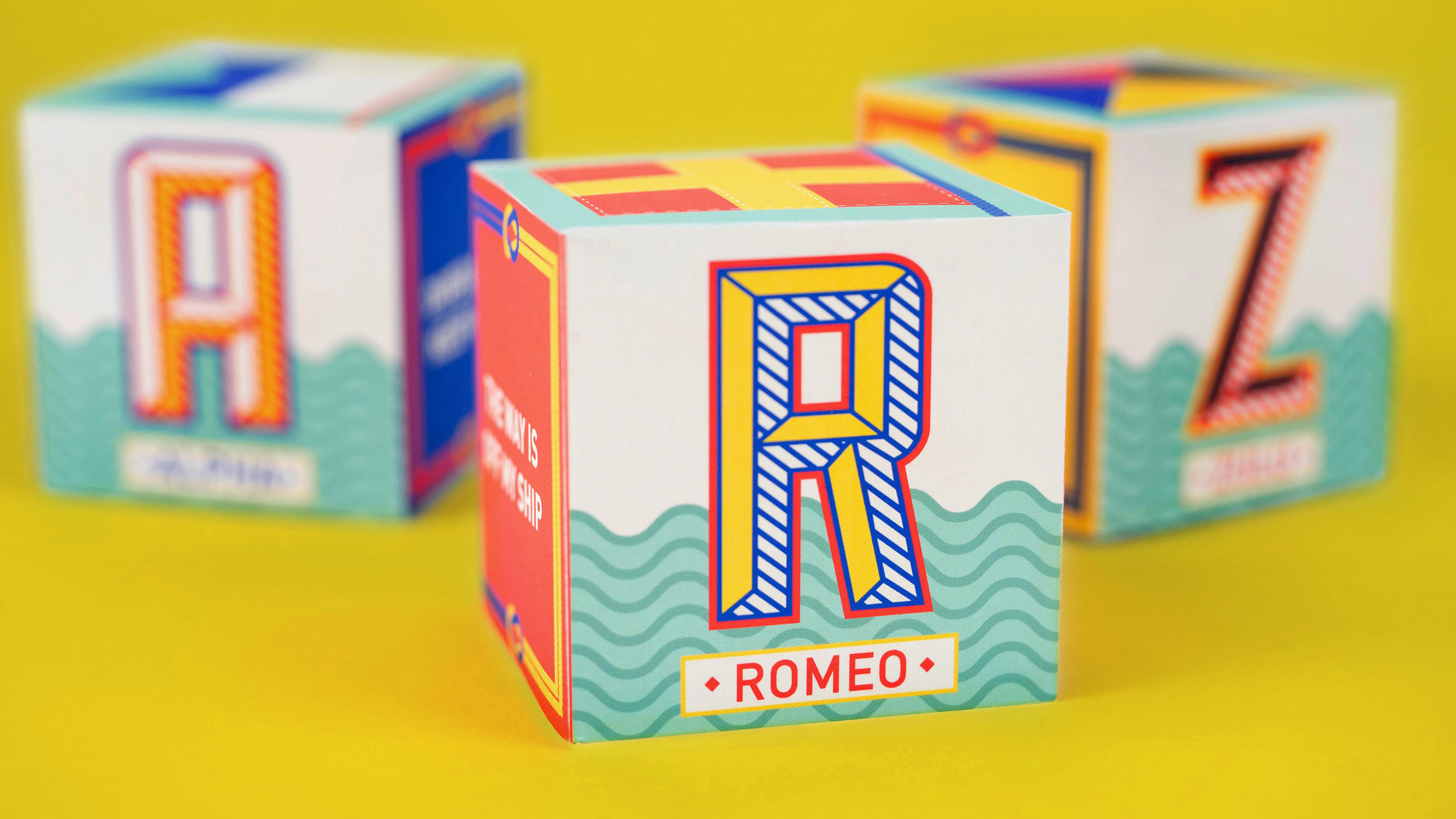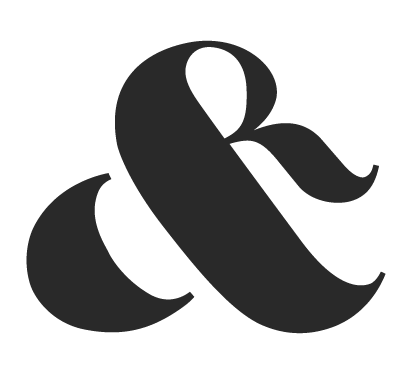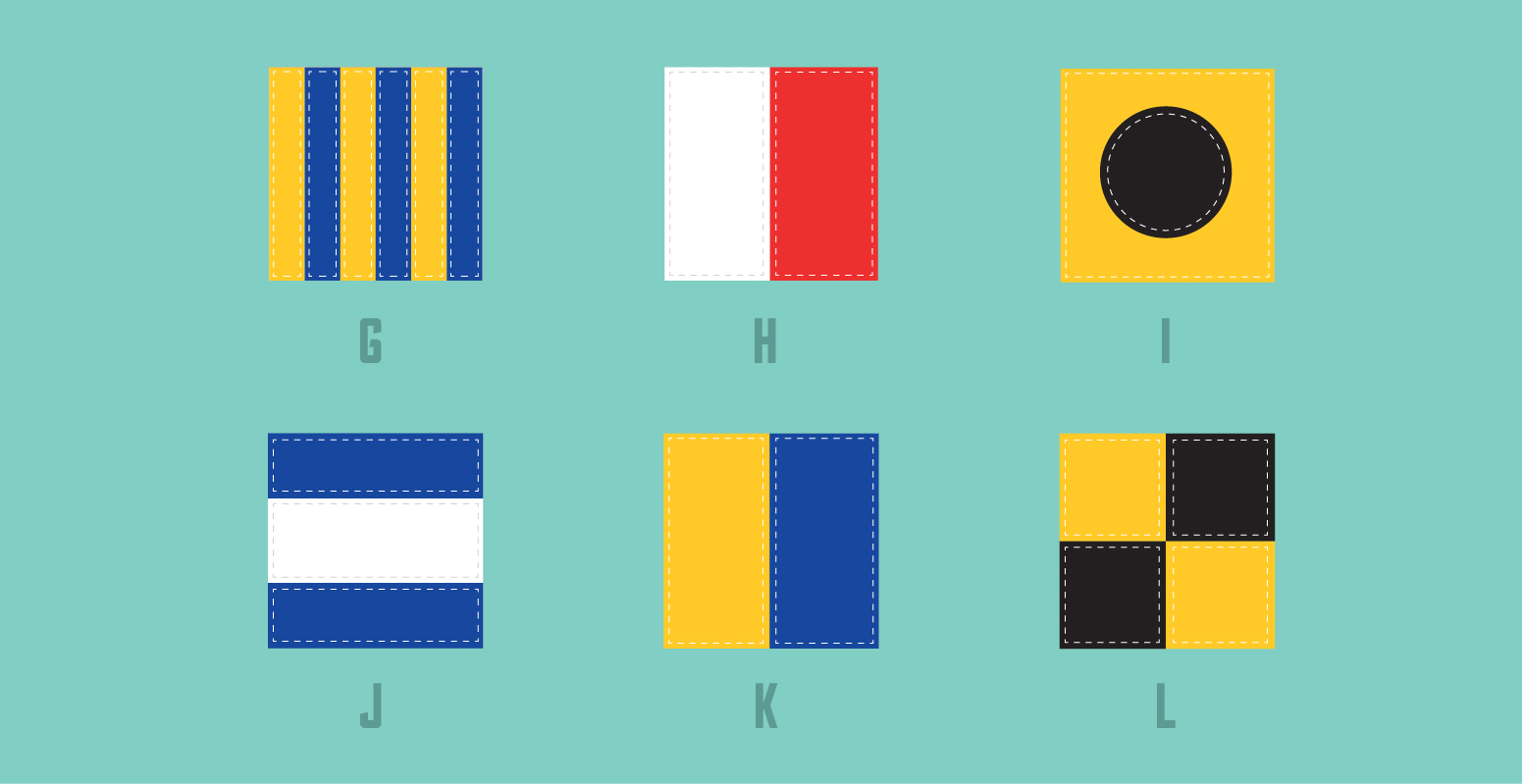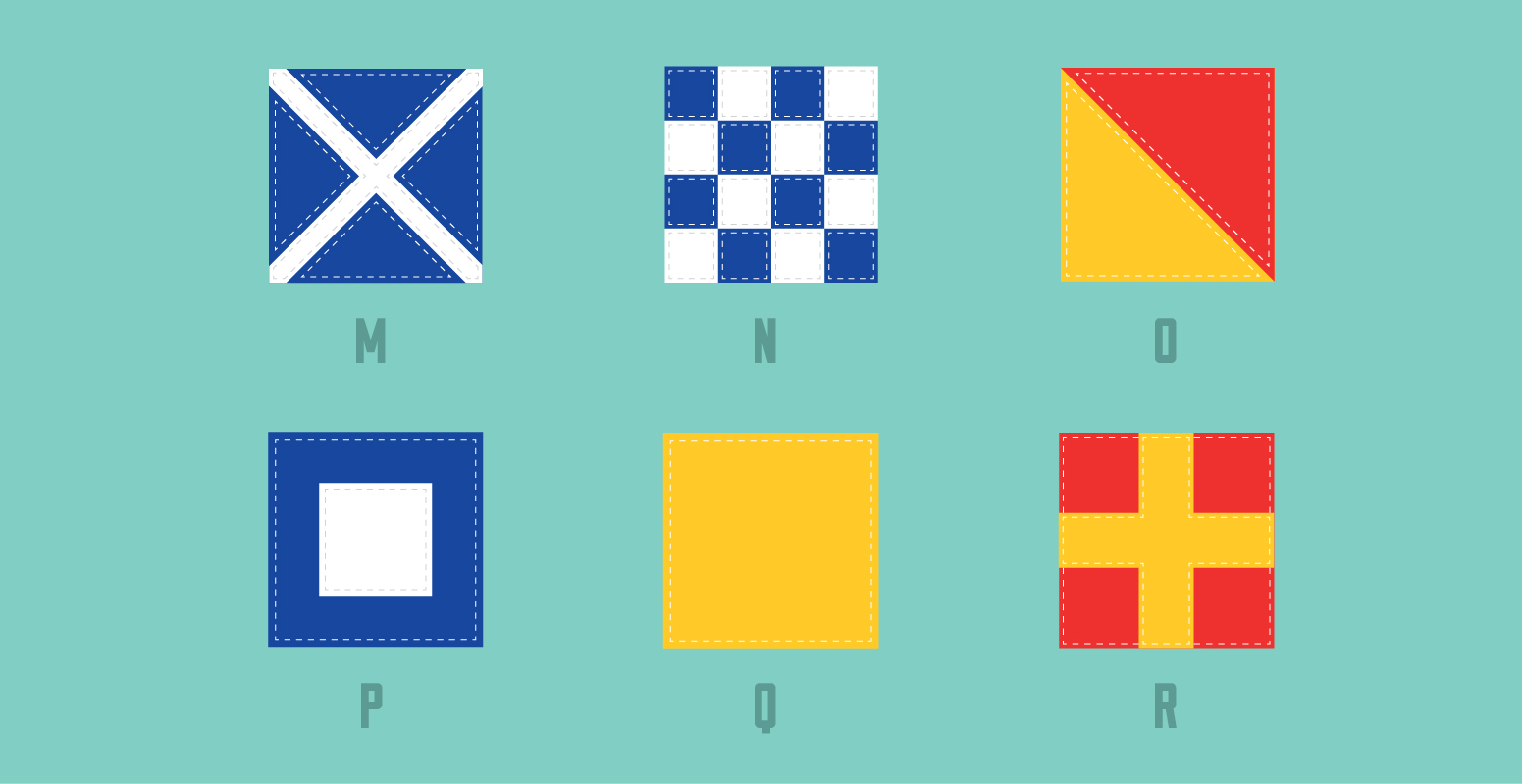
\\ NATO
Learning an unspoken language.
Nato is a set of twenty-six blocks that teach children the international phonetic alphabet. Nato is mostly used by maritime vessels and is especially important when crossing international waters. This set of twenty-six blocks breaks down the language into three parts; the flag, the letter of the specified flag, and the phrase of the specified flag. The blocks are also heavily influenced by modern nautical visuals and soft primary colors.
SERVICES
Production, Branding, Packaging, Illustration
CREDITS
Art Direction \ Paul Sheriff, Photography \ Austen Hart

What makes a language?
NATO is a phonetic alphabet that became effective in 1956. A few years later, it was adopted worldwide by military, civilian and amateur radio communications. This form of communication was very important because it helps quickly and easily clarify your message. You can use this in your everyday communications, like spelling out your name to someone over the phone, or in life-threatening situations like giving directions to the site of an emergency to a telephone operator.
Altering Course
NATO is especially important for people with limited or spotty communication means. For sailors and the Navy, NATO is a way to communicate to other ships that are far away, or during times where radios aren't an option. Every sailor has a set of flags that relate to each letter of the NATO alphabet. This way other ships and boats can see the flags in the distance and receive the message. Each of these blocks has a letter of the alphabet, the NATO telephony, the related flag and the phrase that correlates with each flag.











